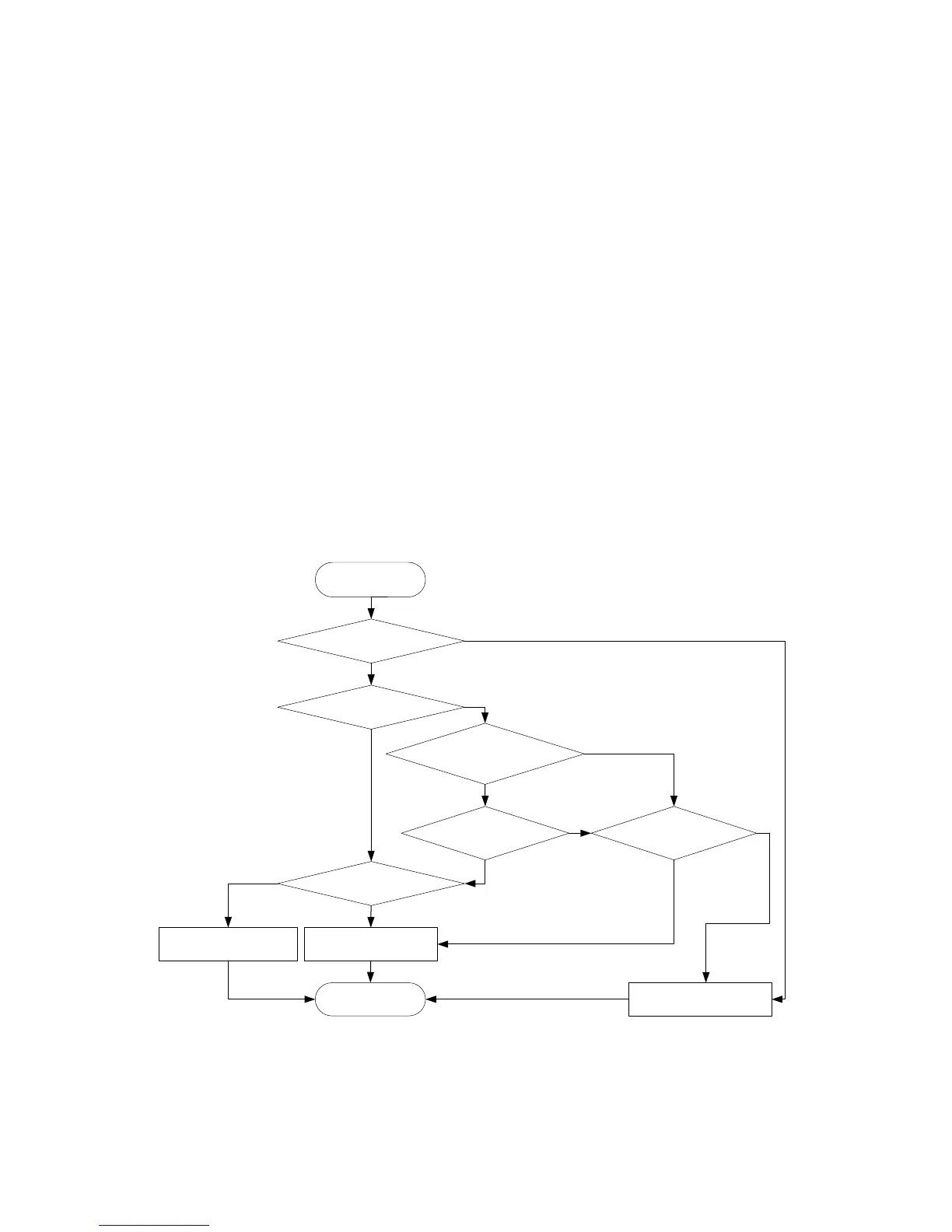174
How automatic configuration works
To implement automatic configuration, you must configure the DHCP server, DNS server and TFTP server, but
you do not need to perform any configuration on the device that performs automatic configuration. The
configuration of these servers varies with device models and is omitted.
Before starting the device, connect only the interface needed in automatic configuration to the network.
Automatic configuration works in the following manner:
• During startup, the device sets the first up interface (if up Layer 2 Ethernet interfaces are available, the
VLAN interface of the default VLAN of the Ethernet interfaces is selected as the first up interface.
Otherwise, the up Layer 3 Ethernet interface with the smallest interface number is selected as the first up
interface) as the DHCP client to request parameters from the DHCP server, such as an IP address and
name of a TFTP server, IP address of a DNS server, and the configuration file name.
• After getting related parameters, the device sends a TFTP request to obtain the configuration file from the
specified TFTP server and executes the configuration file. If the client cannot get such parameters, it uses
factory default configuration.
Work flow
Figure 2 shows the work flow of automatic configuration.
Figure 3 Work flow of automatic configuration
Start the device with
default configuration
The interface obtains
parameters through DHCP
Is the TFTP server address
contained in the parameters?
Yes
No
Yes
No
Unicast a TFTP request to
obtain the configuration file
Yes
Yes
Broadcast a TFTP
request to obtain
the configuration file
No
Remove the temporary
configurations and execute
the obtained configuration file
End
Is the TFTP server domain
name contained in the
parameters?
Resolve domain name of
the TFTP server
Remove the temporary
configurations and the device
starts with default configuration
Succeeds
Fails
Fails
Succeeds
No
Remove the temporary
configurations and the device
starts with default configuration

